What Makes The Maori Haka One Of New Zealand’s Most Striking Cultural Displays?
A traditional war dance involving ferocious facial expressions, vigorous movements, much stamping, loud chanting, and displays of weaponry, the haka is truly spectacular to watch in person
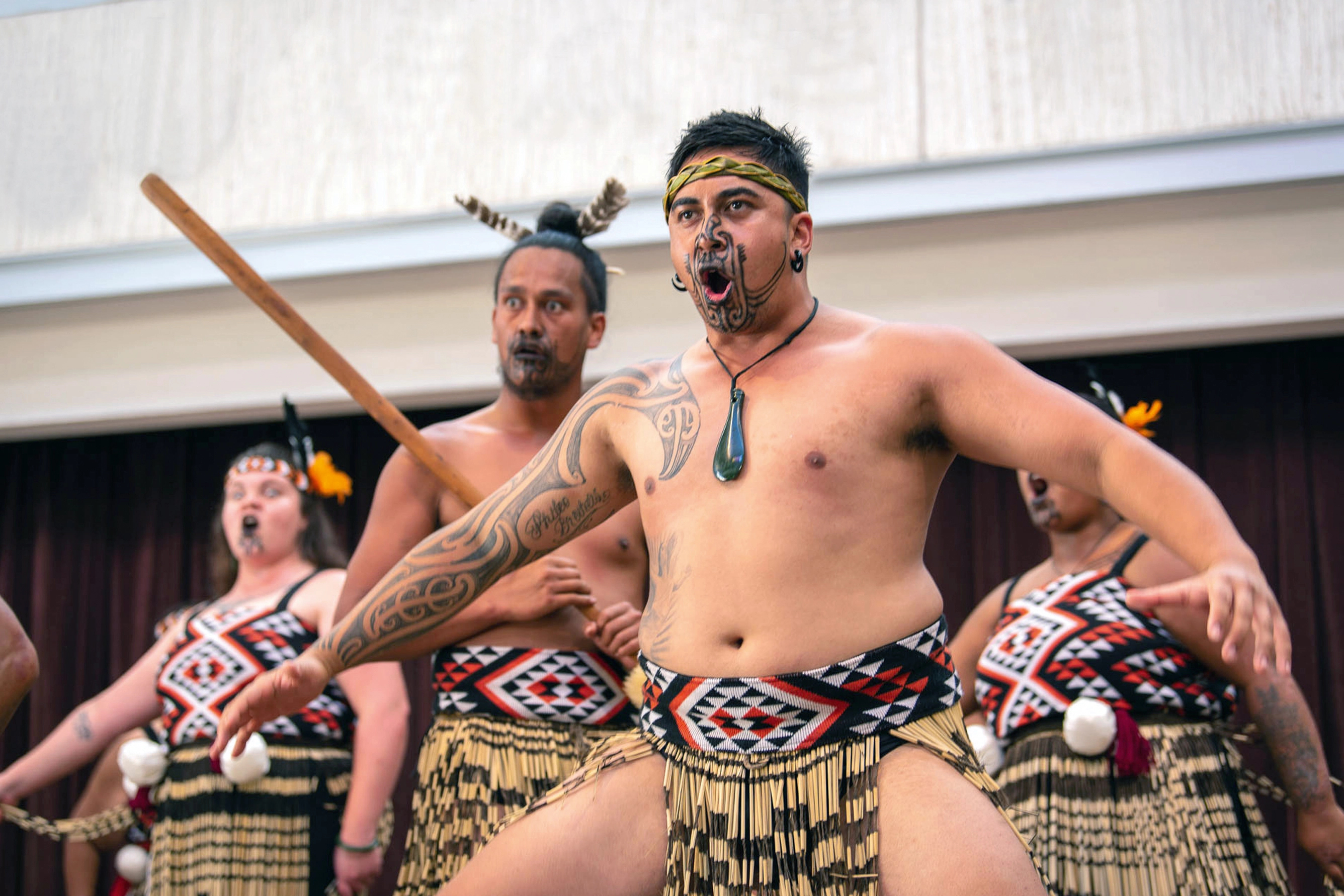
A spear is thrust right at my face, stopping just short of my nose. Wielding the weapon is a bare-bodied, tattooed Māori warrior. Eyes wide, tongue outstretched, teeth bared — his face is contorted into a fearsome expression. A few minutes later, the warrior is all smiles as he poses for photos.
I’ve just witnessed the Māori haka, one of New Zealand’s most striking cultural displays. A traditional war dance involving ferocious facial expressions, vigorous movements, much stamping, loud chanting, and displays of weaponry, the haka is truly spectacular to watch in person. So far, I’ve only ever seen televised versions when the country’s sports teams perform the dance. New Zealand’s northernmost region of Northland is the epicentre of Māori heritage and culture, and witnessing a traditional haka here is truly special.
On a driving tour of the Far North district, I see New Zealand’s landscapes transform from countryside to coastline, rolling sand dunes to carpeted hills. No photos will do justice to these views, but I can’t stop clicking. Amazing as it is to see the geographical diversity of the region, it is the fascinating Māori history associated with each spot that brings it alive.
*****
Kupe is a name I hear a lot throughout my time in Northland. Legend goes that Kupe was the first Māori explorer to reach the land from their ancestral home of Hawaiki. From this mythical land in Polynesia, the first Māori people set forth across the ocean on waka (canoes), a thousand years ago. In fact, the Māori language is very similar to languages spoken in Polynesia, my guide tells me. To illustrate this, he turns to the universally understood language of movies. Popular Disney film Moana (2016) is a story set around the sea. In Māori and all Polynesian languages, ‘moana’ translates to ‘ocean’.
After Kupe arrived from the eastern Pacific, several Māori followed and settled on the land as independent tribes. They were the original residents of Aotearoa, long before European voyagers first arrived in the 1700s. The Māori name for New Zealand is Aotearoa, meaning ‘long white cloud’. It is indeed a long country, geographically speaking, and no place has a stronger Māori presence than Northland.
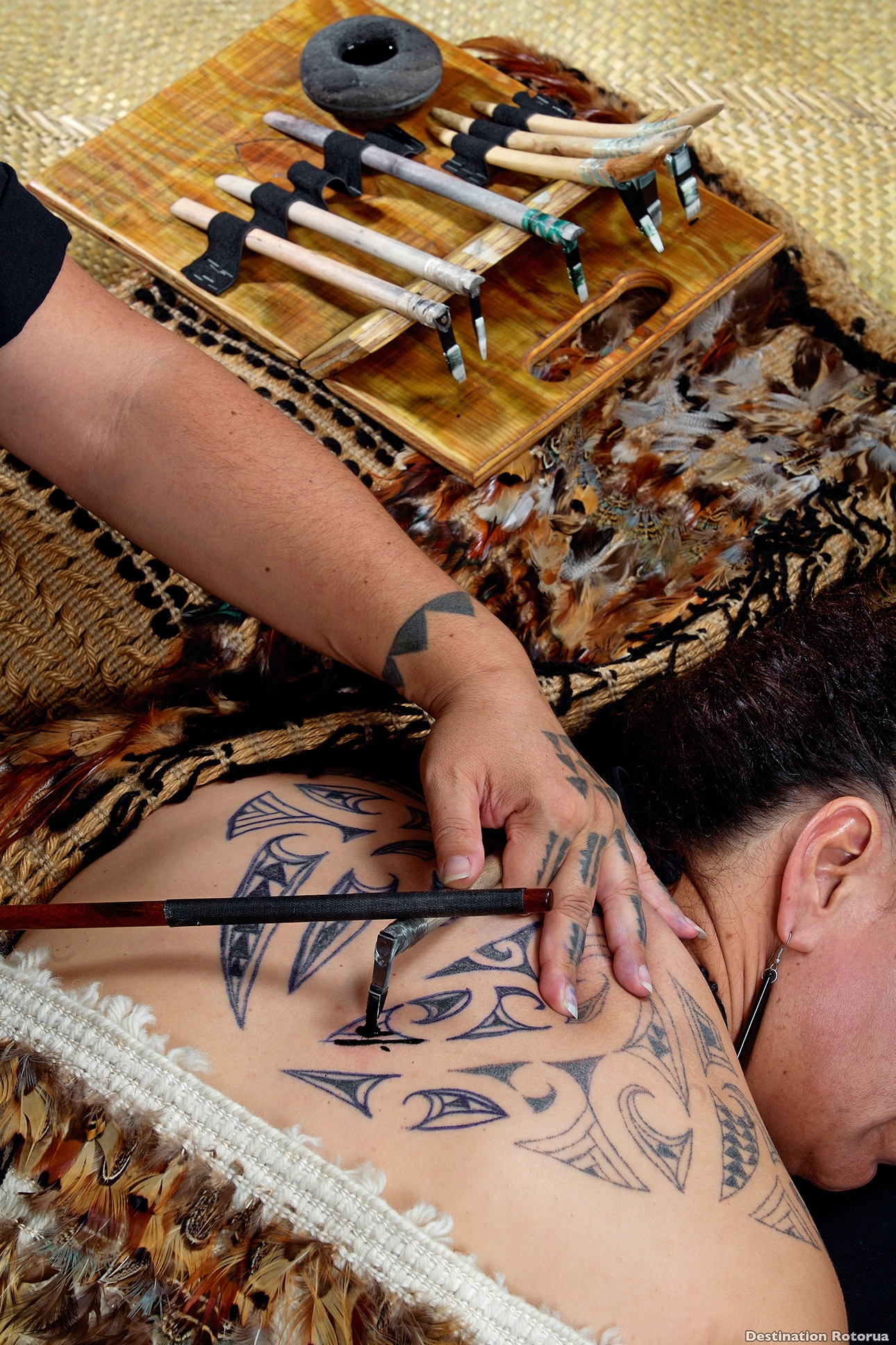
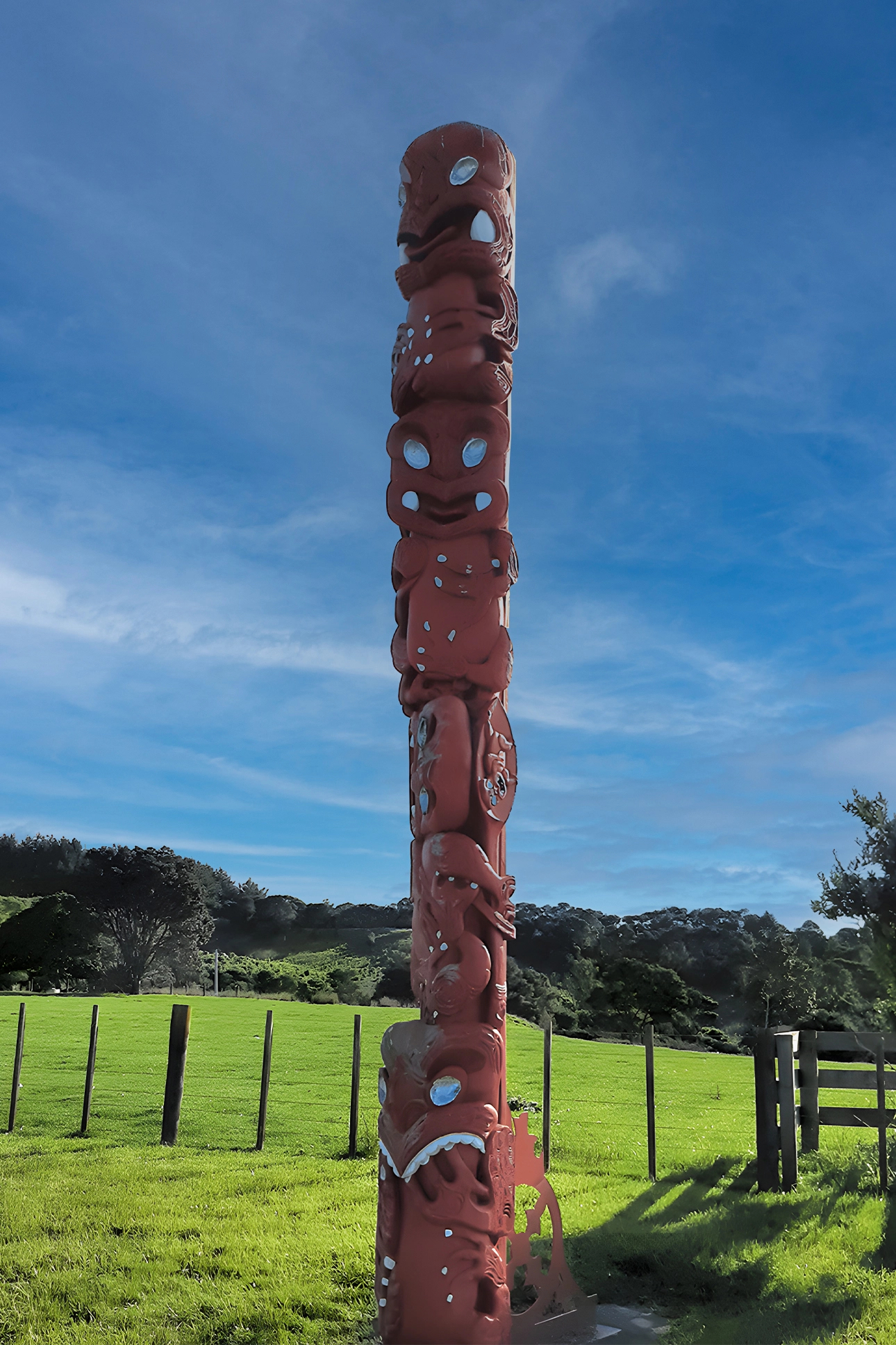
*****
At the Waitangi Treaty Grounds, the local guide Mukai relates the stories of his ancestors after welcoming us with a traditional song. In this historic and beautiful spot, he leads me in a deep dive of Māori history as I learn how modern day New Zealand came to be.
As westerners continued to arrive in increasing numbers, the Māori and British began conversations in the 1700s. In 1840, they entered into a treaty on these very grounds. Māori tribal leaders signed the Treaty of Waitangi, which granted the British sovereignty and declared that the two would coexist here. With this historic document, a ‘new’ New Zealand was launched.
Often called ‘the birthplace of New Zealand’, the Waitangi Treaty Grounds are not only a historic spot but also beautiful and culturally immersive. Sitting on sun-dappled lawns looking out at a dazzling bay studded with islands, I’m easily distracted by the view. Across the bay is Russell, today a lovely little resort town where I have the most wonderful dinner, but once upon a time known as the ‘hellhole of the Pacific’. It drew a rough crowd from docked whaling ships, and gun battles and pistol duels were more characteristic of the area than the cute waterfront restaurants it is known for today.
The on-site Te Kongahu Museum of Waitangi charts the course of New Zealand’s early history and the formation of the treaty. The haka performance takes place at a traditional Māori Meeting House, with stunning interiors in earthy tones of red, brown and black, and intricately carved wooden posts bearing Māori decoration. Wood carving is an important part of their culture.
Mukai shows us a ceremonial waka canoe, the sort on which the Māori first arrived to this land. Elaborate wooden carvings of ferns, faces, and waves depict their relationships with the land and the ocean, and they represent each tribe’s spiritual identity.
*****
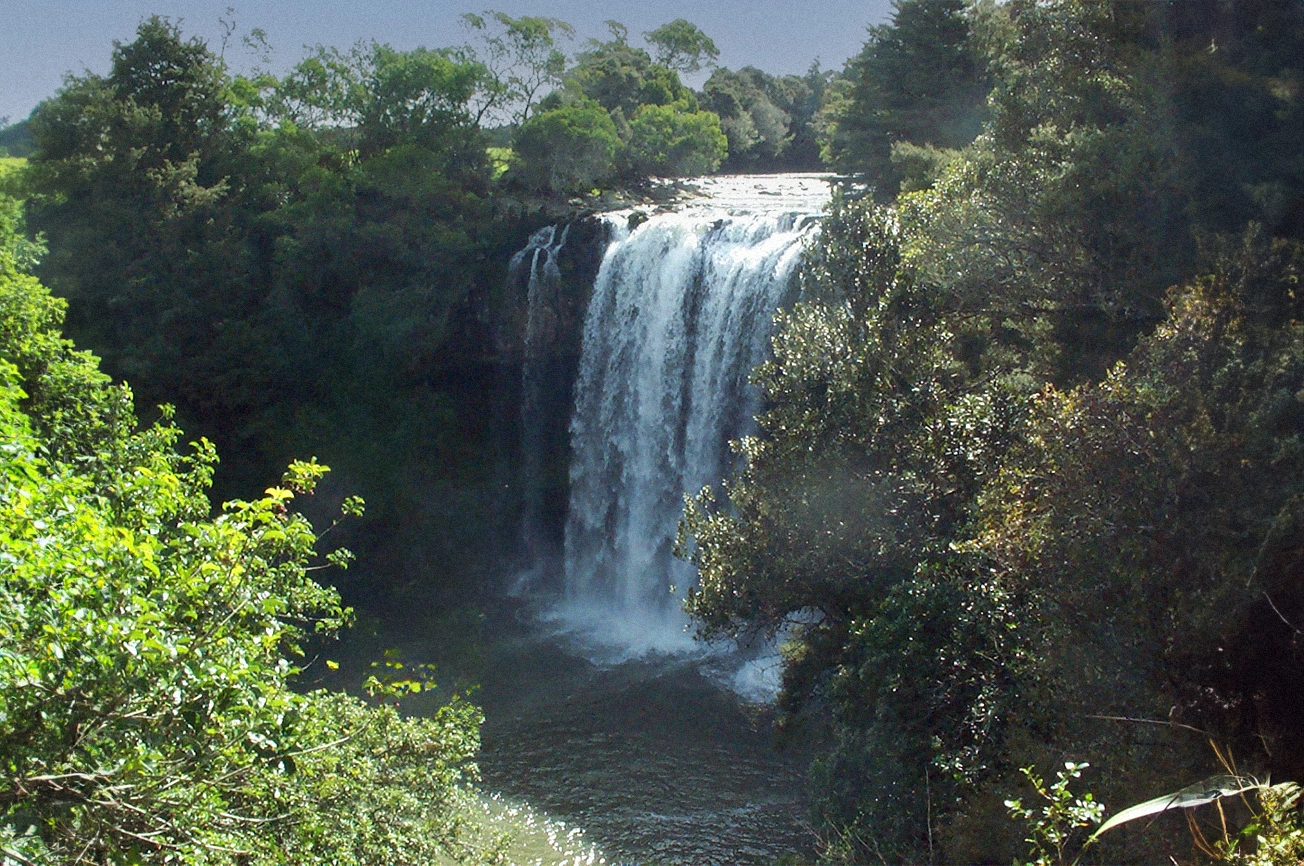
We drive through the quaint town of Kerikeri, the largest town of Northland, where the Māori cultivated lands to grow the local kumara or sweet potato. “Keri keri means to ‘dig dig’,” our guide says. As the coast gradually gives way to sheep-studded countryside, we veer off the sunny main road and onto a dark dirt path. A dense forest of gnarled old trees blocks out the sunlight. The Puketi Forest is a preserved area of ancient kauri trees. The native New Zealand species is of immense importance to the Māori people. In their belief system, they have over a 100 gods or spirit guardians. Their beliefs are strongly linked with the earth, and they believe in the god of the sea, the god of the winds, and the god of the forest, who happens to be an ancient kauri tree. In this beautiful wooded forest lush with ferns, I stroll on a boardwalk in the shade of centuries-old kauri trees, breathing in the scent of the earth.
Driving on from the forest, we arrive at the gorgeous, shell-strewn Taipa Beach. It’s an ideal pit stop for coffee and cake at a pretty café, followed by a walk on the sand. Taipa sits at one end of Doubtless Bay, and as is characteristic in New Zealand, the views are postcard perfect. But even this popular holiday spot is deeply entrenched in Māori history. It is here at Taipa that Kupe is said to have landed in New Zealand.
*****
Back on the road, there’s an abrupt and rather bizarre morph in the landscape. Cows and pasturelands most suddenly disappear, giving way to giant sand dunes that transport me to the deserts of the Middle East. The Te Paki Sand Dunes are a wondrous natural phenomenon, situated at one end of Ninety Mile Beach. “Over hundreds and thousands of years, strong winds and the water of the Tasman Sea pushed the sand up to this end, creating giant sand dunes,” our guide says. The result is a 10-kilometre-long coastal strip of nearly 150-metre-high sand dunes, constantly shifting in the winds.
When we pull up at the base of these towering mountains of sand, I’m not quite sure what’s in store. Our driver is armed with body boards. It’s time for some Kiwi-style adventure, where the plan is to hike all the way to the top of the sand dunes and whizz down on these bodyboards. Face first. Everyone on the tour bus huffs and puffs but eventually makes it to the top of the incredibly steep sand dune. The fact that our feet keep sinking into the pillow-soft sand doesn’t help. The view from the top is magnificent — a sea of undulating sand on one side, and on the other, a brilliant blue ocean.
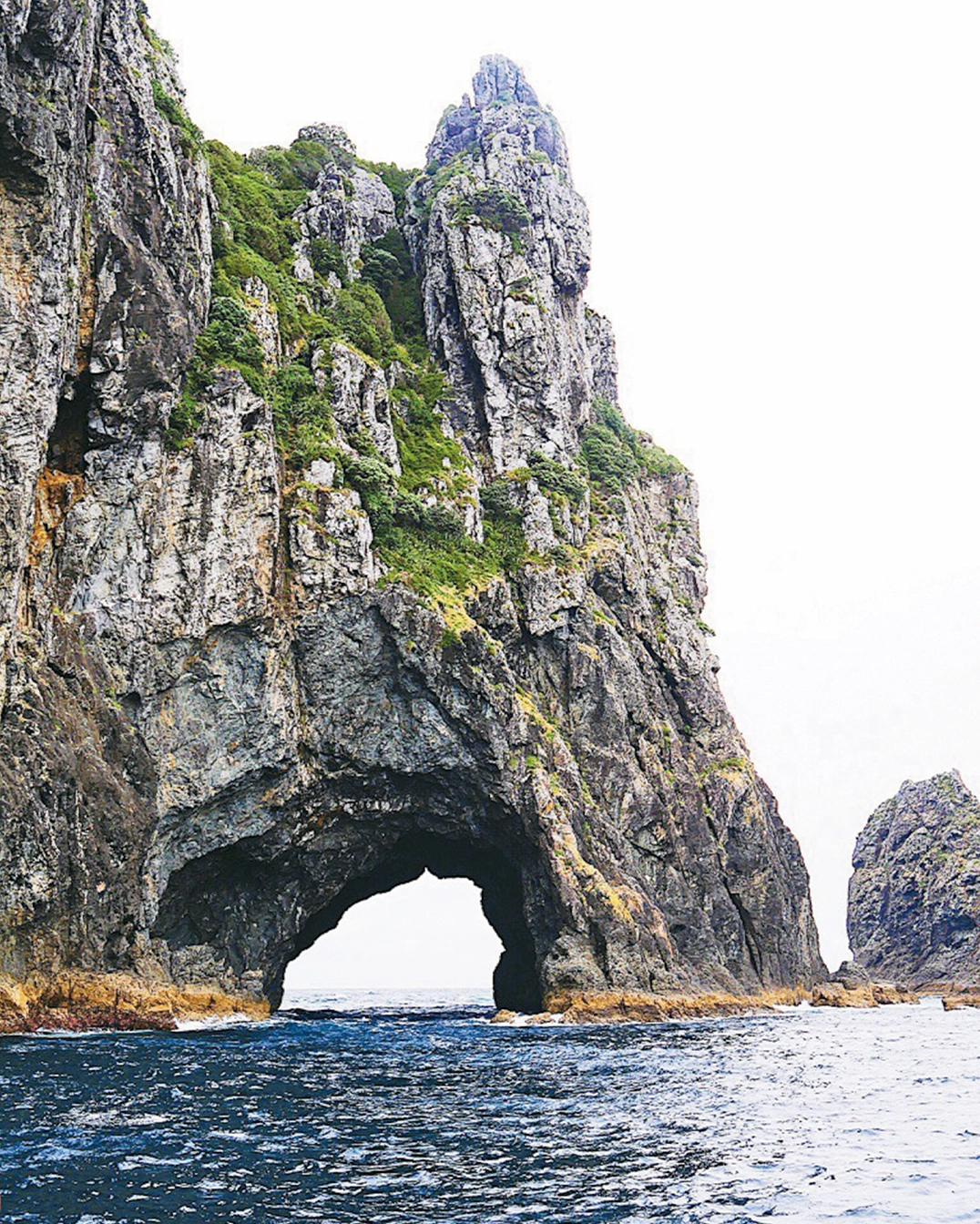
With a deep breath, I lie belly down on the board with nothing to hold on to and whoosh down the length of the dune at the speed of light, my scream trailing off behind me. It is absolutely exhilarating.
In the span of a few hours, I’ve seen an unbelievable transformation of landscapes and heard incredible stories of spirits, gods and ancestors. There is, however, a last adventure left in the Te Paki region, and an immensely significant one.
Cape Reinga is the northernmost accessible point of New Zealand, where the Tasman Sea rushes in to meet the Pacific. Whirlpools churn where the currents clash and two distinct shades of blue merge into one. I can see this sweeping expanse clearly from a gorgeous cliff-top lookout. On this rugged piece of rock jutting into the ocean stands a lone lighthouse.
In Māori lore, Cape Reinga is the place where departed souls embark on their final journey. Kupe saw this as the point from which his people would return home after death. At the point where Aotearoa ends, spirits leap into the ocean and journey across the seas to their ancestral home of Hawaiki.
In this sacred and spiritual area, a gorgeous winding pathway runs down the length of the hill right up to the lighthouse. I walk for 10 minutes in the glorious sunshine, taking in the coastal views and lush greenery, until I finally reach the Cape Reinga Lighthouse at the edge of a steep cliff. The light first shone here in 1941. Today, the lighthouse is fully automated. Often, the light of the 1000-watt electrical lamp thrown 48 kilometres out to sea is the first sign of New Zealand that sailors in these parts see. And perhaps, it is the last light of Aotearoa that the departed Māori souls carry with them across the ocean.